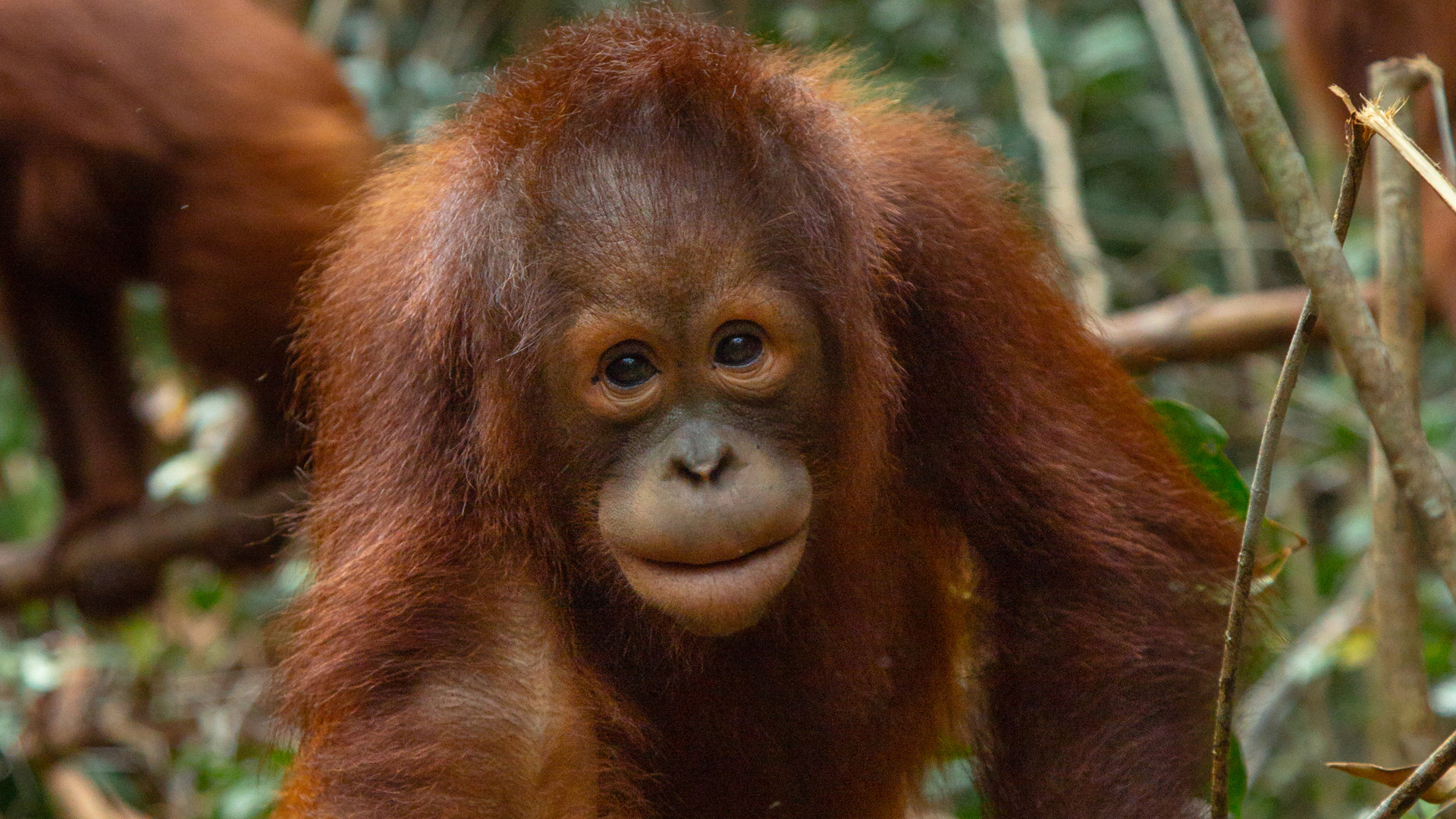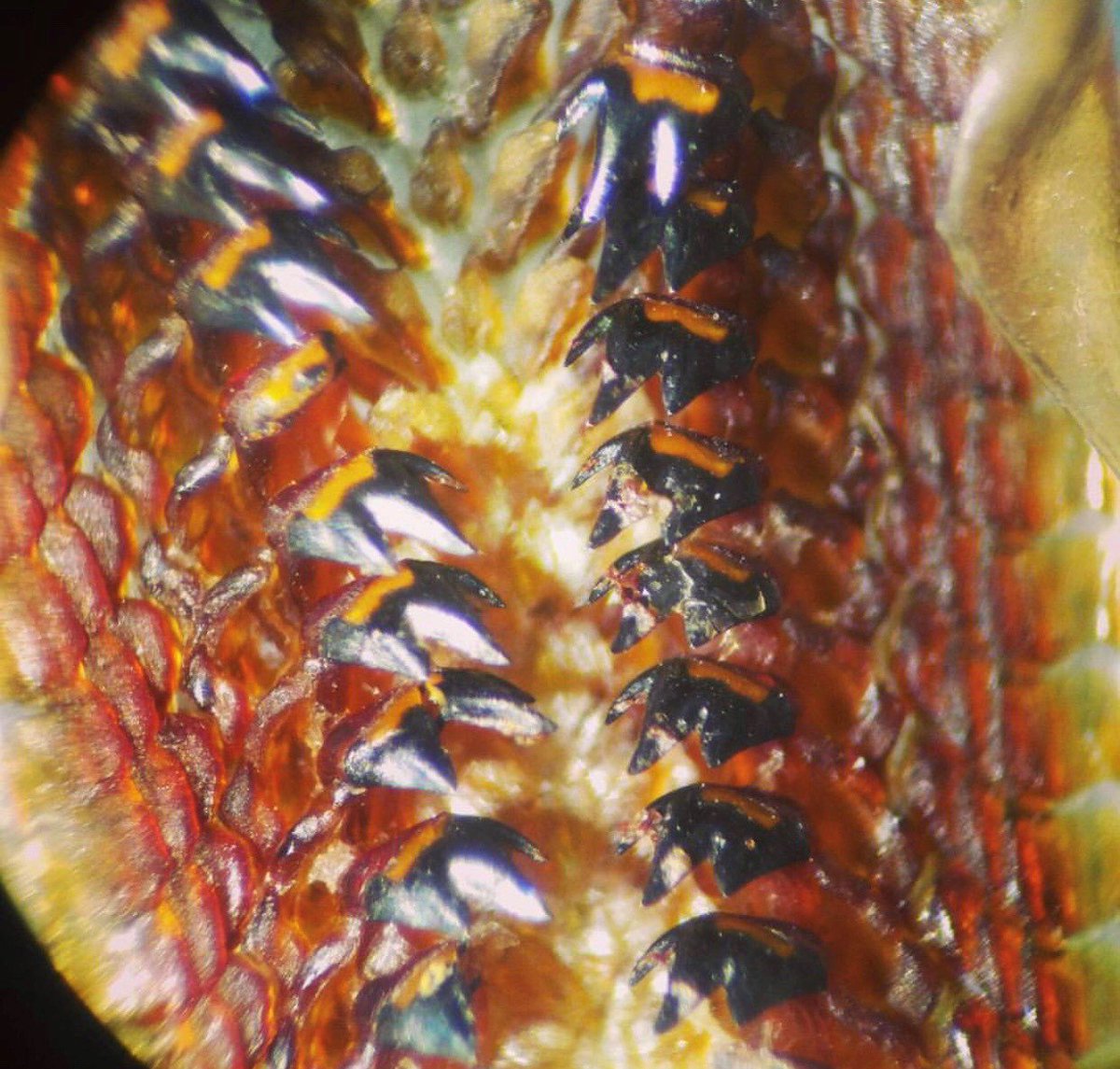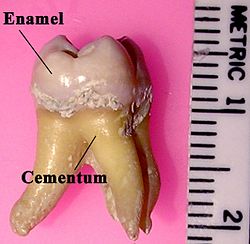Hooked For a Bite
Prior to last week, only one gene was confirmed to influence the structure of teeth in the human body. Today, we now know 18 genes well enough to pin what they influence in teeth, whether it be size or shape. This was achieved through the collection of data from almost 900 volunteers from Columbia who had dental plaster casts made of their teeth, which then got turned into 3D scans. Dental crown measurements were taken from this and the data was analyzed. It was found during the course of the studies that there was one gene believed to be carried over from Neanderthals. The Neanderthal gene variant linked to teeth was only found in people of European descent, and results in thinner incisors. This was done through comparison of SNPs, which was done based on the tooth phenotype displayed, as well as GWAS associations. I think this is a cool look into anthropology, and helps make progress in our understanding of the human genome, but I quite honestly see not value in this work beyond that and possibly coming up with new genome comparison and analysis methods.









